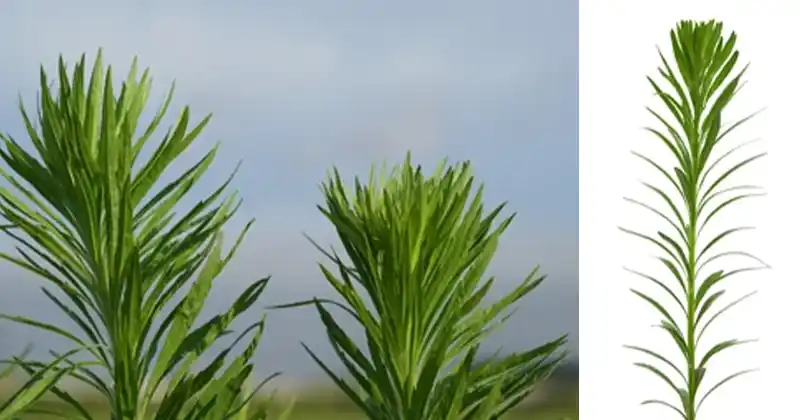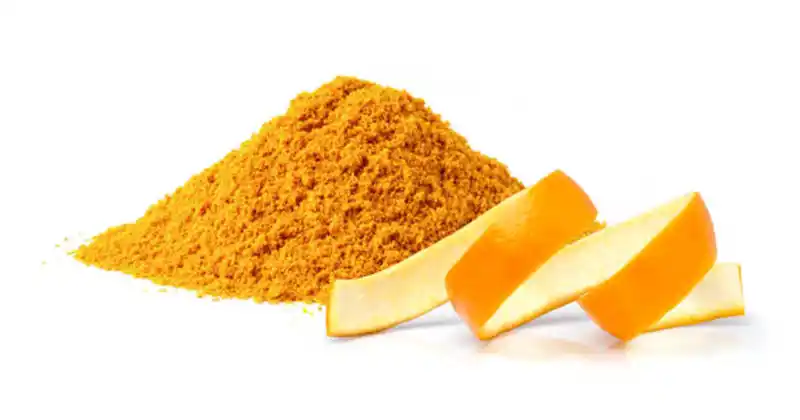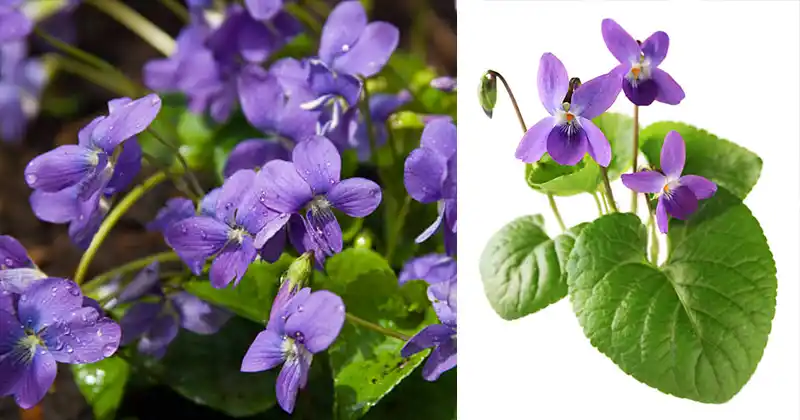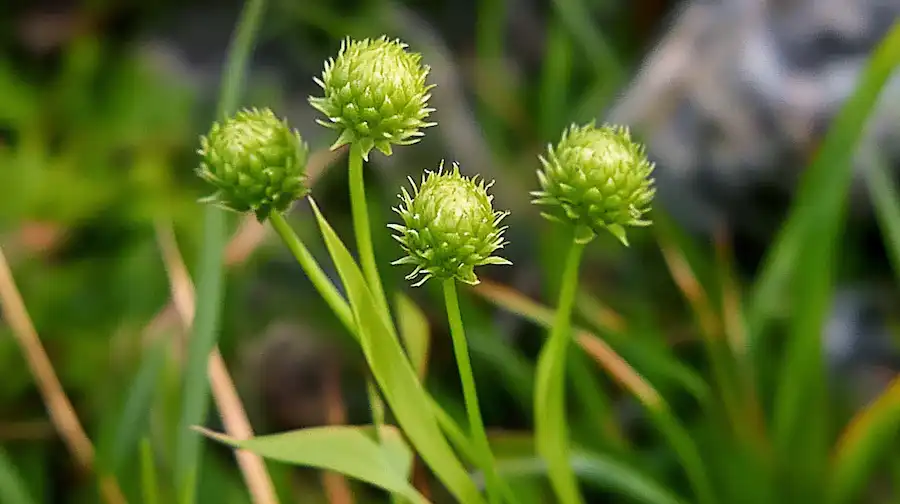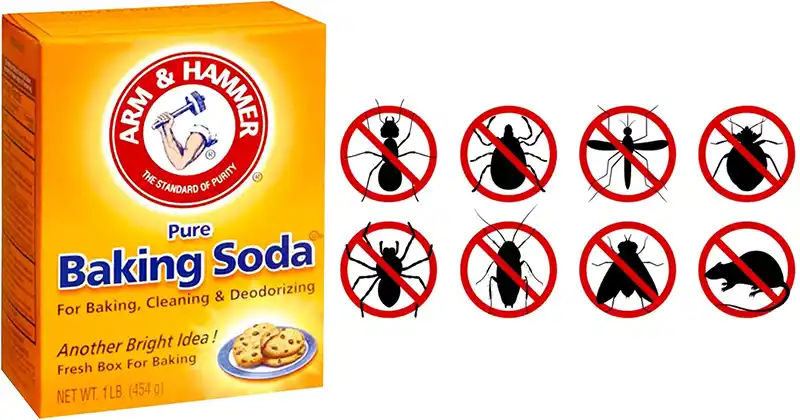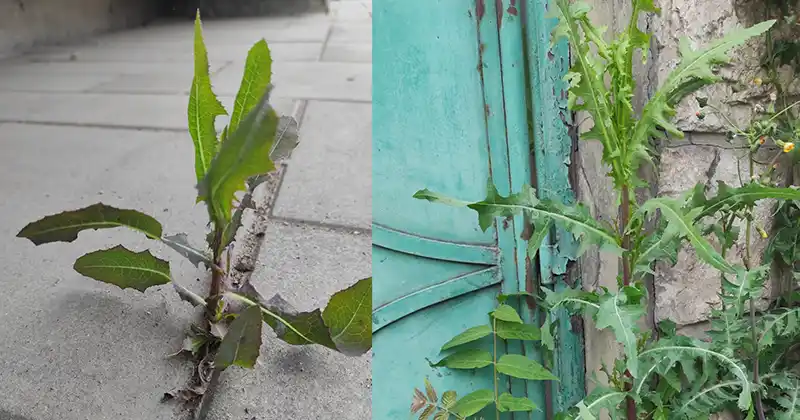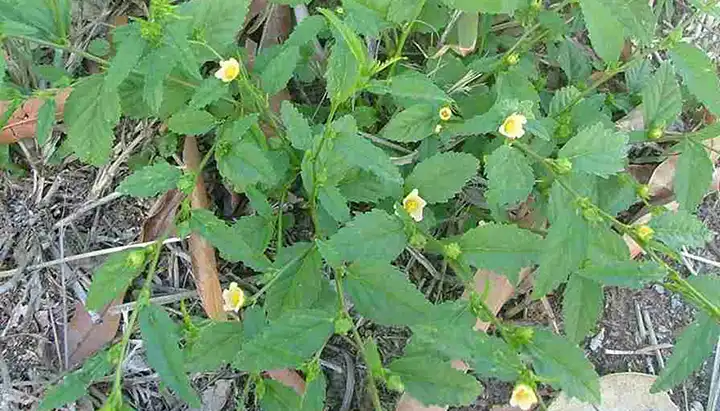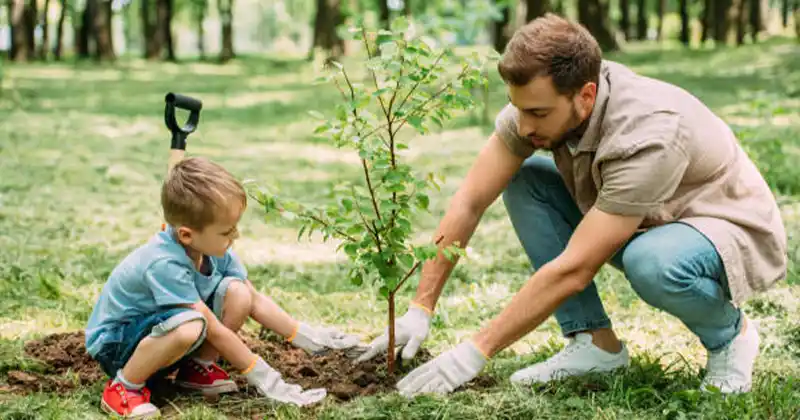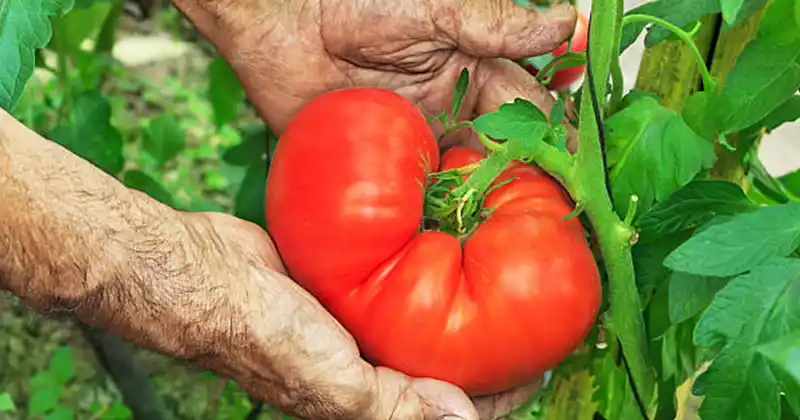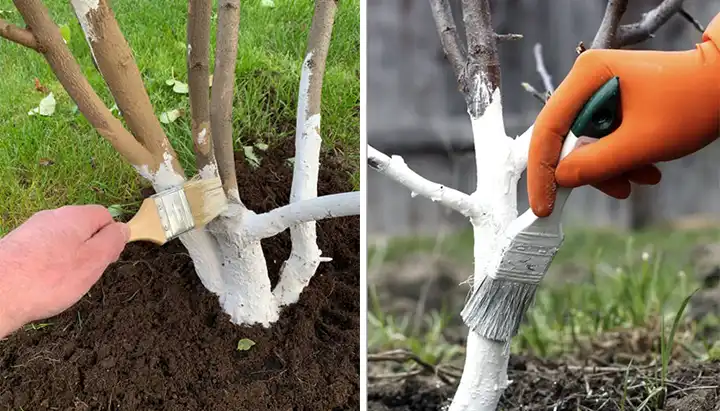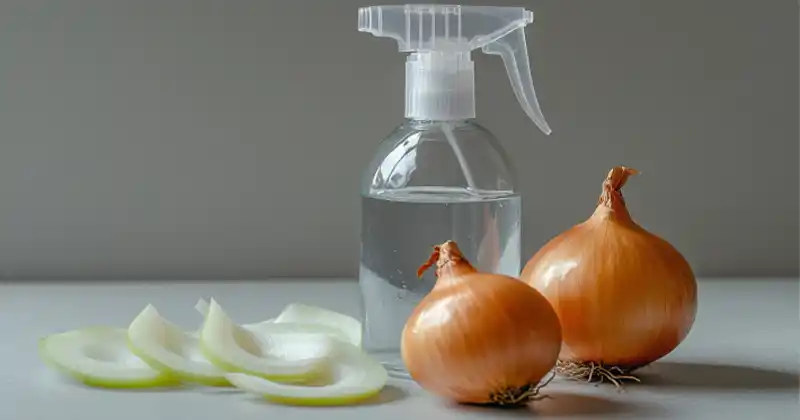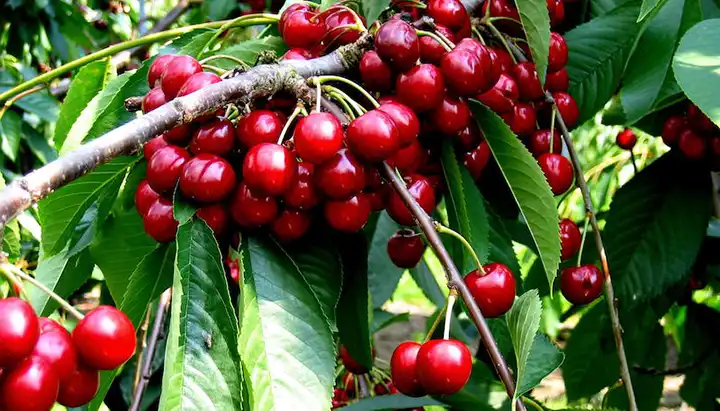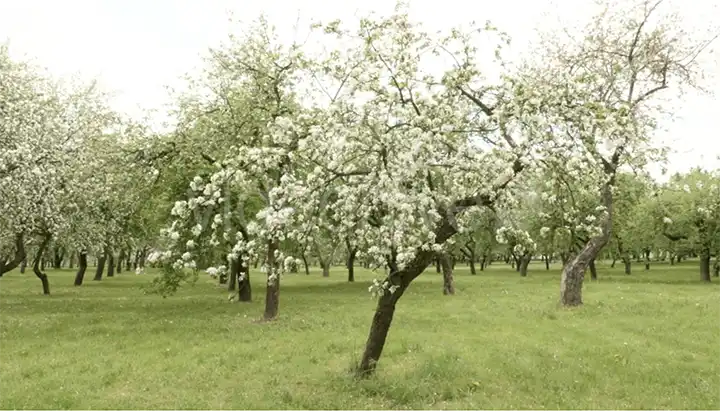Mastering the Use of Hydrogen Peroxide in Your Garden: A Comprehensive Guide
Hydrogen peroxide (H₂O₂) is not just a household disinfectant or a wound cleaner; it’s a versatile and eco-friendly tool that can transform your gardening practices. When used correctly, hydrogen peroxide can stimulate plant growth, protect against pests and diseases, and even improve soil health. This guide will take you through the steps to use hydrogen peroxide effectively in your garden, ensuring you reap all its benefits without any downsides.
Understanding Hydrogen Peroxide

Hydrogen peroxide is a chemical compound with the formula H₂O₂, resembling water (H₂O) with an extra oxygen molecule. This additional oxygen molecule makes it a powerful oxidizer, which is safe for plants in diluted concentrations. It breaks down into water and oxygen, leaving no harmful residues behind.
Benefits in the Garden
- Oxygenates the Soil: Improves root health and nutrient uptake.
- Antifungal Agent: Prevents and treats fungal infections like root rot.
- Pest Control: Helps to control populations of pests.
- Seed Germination: Softens seed coats, speeding up germination.
- Plant Immune Booster: Strengthens plant resilience against stress and diseases.
How to Use Hydrogen Peroxide in Your Garden
For Seed Germination
- Dilution: Mix 1 part of 3% hydrogen peroxide with 6 parts water.
- Application: Soak the seeds in the solution for about 30 minutes before planting.
- Benefit: Accelerates germination by softening the seed coat and sterilizing the seeds from pathogenic bacteria or fungi.
For Soil Oxygenation and Root Health
- Dilution: Combine 1 part of 3% hydrogen peroxide with 32 parts water.
- Application: Water your plants with this solution to introduce additional oxygen into the soil.
- Benefit: Enhances root growth and prevents root rot by increasing soil aeration.

For Fungal Diseases
- Dilution: Create a mixture of 4 teaspoons of 3% hydrogen peroxide per pint of water.
- Application: Spray affected plants weekly until the fungus is under control.
- Benefit: Acts as an effective fungicide without harmful chemicals.
For General Pest Control
- Dilution: Mix 4 teaspoons of 3% hydrogen peroxide in 1 pint of water.
- Application: Spray on plants early in the morning or late in the evening to target pests.
- Benefit: Kills soft-bodied pests like aphids and mites, and can deter others through the oxygenation of the soil.
For Cleaning Garden Tools
- Use: Apply undiluted 3% hydrogen peroxide.
- Application: Wipe down tools to disinfect them from pathogens.
- Benefit: Prevents the transfer of diseases between plants.
Precautions
- Concentration Matters: Always use 3% hydrogen peroxide without diluting it too much or too little. Incorrect concentrations can harm plants.
- Spot Test: Apply the solution to a small area of the plant first to ensure it doesn’t react negatively.
- Protective Gear: Although safer than chemical pesticides, wearing gloves and eye protection during application is advisable.
Hydrogen peroxide is a valuable ally for gardeners, offering a sustainable way to address common gardening challenges. By following the correct dilution rates and application methods, you can enhance plant health, boost yields, and maintain the vibrancy of your garden. As with any gardening tool or supplement, the key to success lies in mindful and informed use. Happy gardening!
